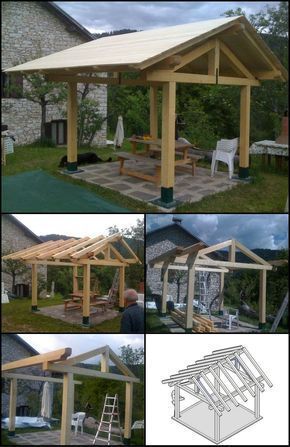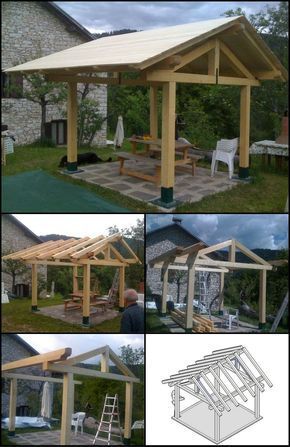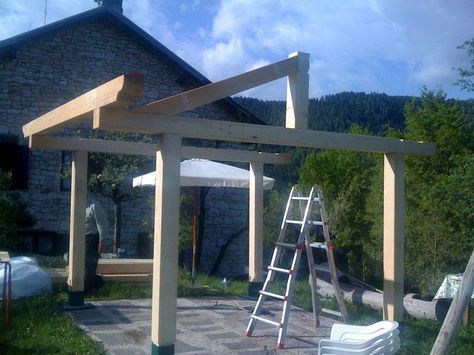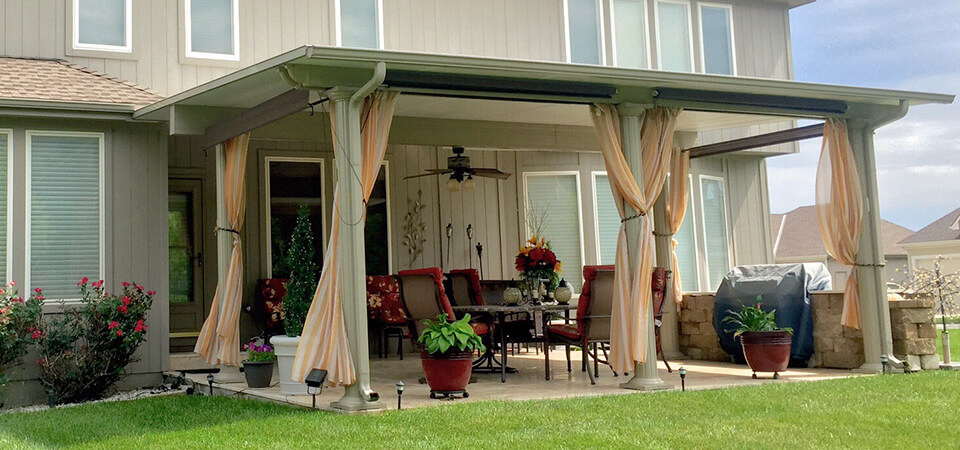For most people, an awning is perfect that protects your porch or deck and keeps you cool in the sun and dry in the rain. If gatherings and events are taking place on your deck, only a retractable awning may be required. However, if your home does not have a deck or you are hosting your events in the back yard, you may need another form of roofing. For houses that want to extend their shadow further into the courtyard, a free-standing canopy is perfect!
If you can use the entire garden area for activities, there are numerous possibilities and opportunities. Why have a garden when you can’t even use it? If you don’t just protect yourself from the elements on the deck, you have access to your entire room. A free-standing canopy allows you to use your space and not be dependent on the walls of the house.
What is a freestanding awning?
As the name suggests, free-standing awnings or canopies are independent structures that provide shade on a deck, terrace or other outdoor area. The structure of the canopy does not rely on the support of anything other than itself. This means that it can be used anywhere in your yard and does not require the help of the house like most other awnings.
A perfect example of a free standing awning would be a gazebo. This is a structure that supports itself independently of other structures and offers shade from the sun or protection from the rain. Typically, a freestanding awning is a permanent structure that requires a lot of work to move or disassemble.
What weather can you withstand?
Freestanding awnings tend to be more structural than other types of awnings. They have full support on all sides of their base, which enables a permanent and reliable structure. This means that they can withstand severe weather than most other forms of awning. It is not recommended to extend a typical folding roof in winds above 20 miles / h. A free-standing awning can be left out in storms with stronger winds.
In order to have a permanent structure all year round, free-standing awnings are built taking into account durability and weather resistance. This means that your free-standing awning should also be protected from decay in winter. It is recommended that most awning shapes be withdrawn from the snow, but freestanding structures should be fine.
Additional information
There are many different models of free-standing awnings. The pavilion is a popular example, but awning installation companies have their own versions of structures. Whenever purchasing an awning, be sure to do your research to find the best installation and design company that you can. You might be looking at a total of $ 5,000 to $ 20,000.
Awnings should be designed for a long service life. Therefore, make sure that the model you have bought is weatherproof and wear-resistant. It doesn’t have to be difficult to find your perfect freestanding canopy. Find the right company and start shading your garden today!
 TopsDecor.com Home Decor Ideas
TopsDecor.com Home Decor Ideas







